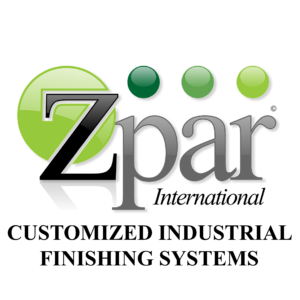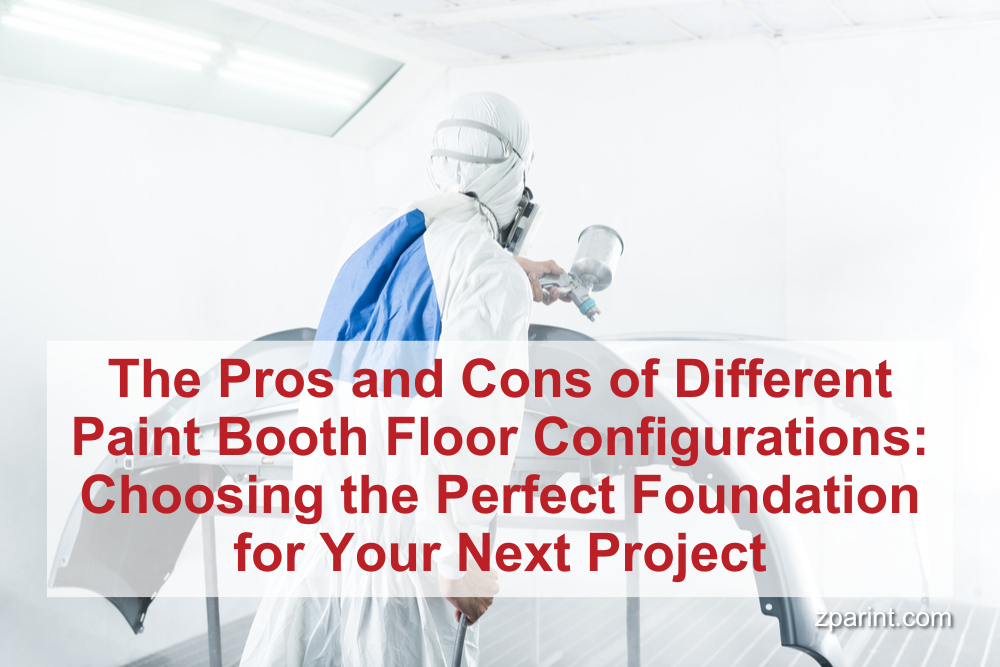For any painter, whether a seasoned professional at an auto body shop or a hobbyist working on a personal project, achieving a flawless finish is paramount. But the journey to a perfect paint job doesn’t begin with the brush or the spray gun; it starts with the foundation – your paint booth floor.
Choosing the right paint booth floor configuration is crucial for optimizing your workflow, ensuring safety, and ultimately achieving the desired results. Each type of flooring has its own set of advantages and disadvantages, and understanding these nuances will help you make an informed decision that lays the groundwork for your best paint job yet.
Let's delve into the world of paint booth floor options:
Concrete: The Traditional Choice
Concrete is the most traditional paint booth flooring material, favored for its affordability and durability. It can withstand heavy equipment and foot traffic, making it ideal for high-volume shops. However, concrete is porous and can absorb paint and solvents, leading to staining and potential environmental concerns. Additionally, its rough surface can trap dust and debris, making cleaning a challenge.
Pros:
- Cost-effective: Concrete is the most affordable option, making it attractive for budget-conscious operations.
- Durable: It can withstand heavy loads and years of wear and tear.
- Low maintenance: Aside from occasional cleaning, concrete requires minimal upkeep.
Cons:
- Porous: Concrete absorbs liquids, leading to staining and potential environmental hazards.
- Dust accumulation: The rough surface traps dust and debris, making cleaning more difficult.
- Limited customization: Concrete offers limited options for customization or adding features like drainage systems.
Epoxy Coatings: Enhancing Durability and Aesthetics
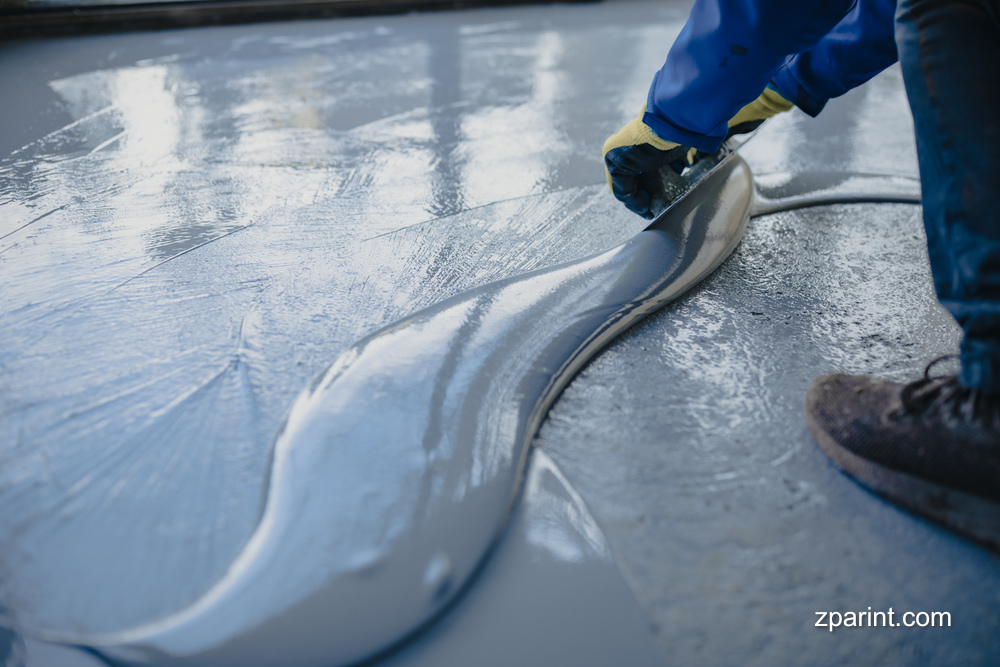
Epoxy coatings offer a significant upgrade over bare concrete. These resinous polymers create a smooth, non-porous surface that is resistant to chemicals, stains, and abrasion. Epoxy floors are also easier to clean, promoting a cleaner working environment and reducing the risk of contamination. Additionally, epoxy coatings come in a variety of colors and can be customized with anti-slip textures or embedded logos for a professional touch.
Pros:
- Non-porous: Epoxy resists stains and chemicals, making it ideal for paint booths.
- Easy to clean: The smooth surface allows for quick and efficient cleaning.
- Durable: Epoxy coatings offer excellent resistance to wear and tear.
- Customizable: Choose from various colors and textures to personalize your workspace.
Cons:
- Higher cost: Epoxy coatings are more expensive than bare concrete.
- Installation expertise required: Professional installation is recommended for optimal results.
- Susceptible to damage: Sharp objects or heavy impacts can chip or scratch the epoxy surface.
Grating Systems: Promoting Ventilation and Drainage
Grating systems offer a unique solution for paint booths, particularly those dealing with heavy overspray or water-based paints. The open grid design allows for excellent ventilation, preventing the buildup of flammable vapors and promoting efficient air circulation. Additionally, the gaps in the grating allow liquids to drain freely, preventing puddles and improving overall cleanliness.
Pros:
- Excellent ventilation: The open design promotes airflow and prevents vapor buildup.
- Efficient drainage: Liquids drain freely through the grating, keeping the floor dry.
- Easy to clean: Debris falls through the grating, simplifying the cleaning process.
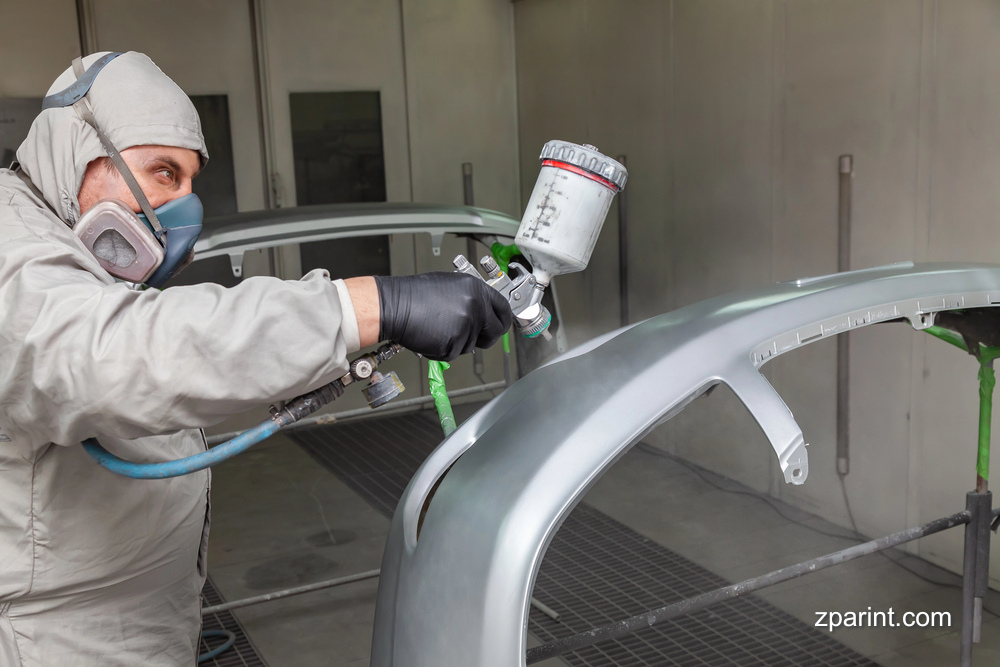
Cons:
- Costly: Grating systems are generally more expensive than other options.
- Potential for overspray accumulation: Overspray can collect on the underside of the grating, requiring additional cleaning.
- Footwear considerations: Grating can be uncomfortable to walk on for extended periods.
Carpet/Tacky Mats: Trapping Dust and Overspray
Carpet or tacky mats offer a simple and affordable solution for capturing dust and overspray. These mats are typically placed at the entrance of the paint booth to trap contaminants before they enter the workspace. They are easy to replace and can be used in conjunction with other flooring options for added protection.
Pros:
- Cost-effective: Carpet or tacky mats are the most affordable option.
- Effective dust and overspray control: They trap contaminants before they reach the paint booth floor.
- Easy to replace: Worn-out mats can be easily replaced with new ones.
Cons:
- Limited durability: Carpet and tacky mats wear out quickly and require frequent replacement.
- Not ideal for heavy traffic: They are not suitable for high-traffic areas or heavy equipment.
- Potential for dust accumulation: Dust can accumulate between the fibers, requiring regular cleaning.
Modular Tiles: Interlocking Versatility
Modular tiles offer a versatile and customizable option for paint booth flooring. These interlocking tiles are available in various materials, including plastic, rubber, and composite, providing flexibility in terms of durability, chemical resistance, and slip resistance. Modular tiles are easy to install, replace, and clean, making them a popular choice for shops that require frequent reconfiguration or maintenance.
Pros:
- Versatile: Available in various materials and configurations to suit specific needs.
- Easy to install and replace: Individual tiles can be easily replaced if damaged.
- Easy to clean: The smooth surface allows for quick and thorough cleaning.
Cons:
- Cost: Modular tiles can be more expensive than other options, depending on the material and features chosen.
- Potential for movement: Individual tiles can shift or come loose over time, requiring occasional adjustment.
- Limited drainage: Some modular tile systems may not offer adequate drainage for liquids.
Choosing the Right Paint Booth Floor Configuration:
A Tailored Approach
Ultimately, the best paint booth floor configuration for your needs will depend on several factors, including your budget, the type of painting you do, the volume of work, and your desired level of cleanliness and safety.
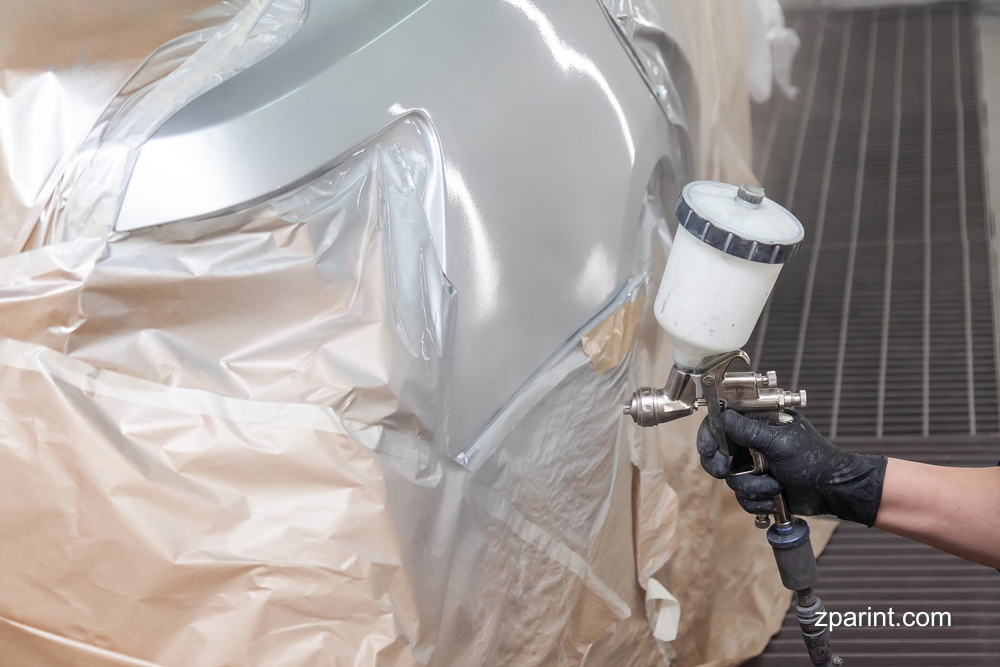
Here are some key considerations to guide your decision:
- Budget: Consider the initial cost of the flooring material as well as the long-term maintenance and replacement costs.
- Durability: Choose a material that can withstand the wear and tear of your specific 작업 환경.
- Ease of cleaning: Opt for a flooring option that is easy to clean and maintain to promote a clean and efficient workspace.
- Dust control: If dust and overspray are a concern, choose a flooring system that effectively traps contaminants.
- Safety: Ensure the flooring material provides adequate slip resistance and promotes good ventilation.
- Environmental impact: Consider the environmental impact of the flooring material and choose an option that aligns with your sustainability goals.
By carefully evaluating these factors and exploring the pros and cons of each paint booth floor configuration, you can make an informed decision that lays the foundation for a successful and efficient painting operation.
Our team at Zpar International is here to help you choose the best paint booth floor for your needs. We offer a wide range of flooring options, from traditional concrete to advanced epoxy coatings and modular tiles. Our expert team can guide you through the selection process and provide you with the best solution for your specific requirements.
Contact us today to discuss your paint booth flooring needs and let us help you achieve the perfect foundation for your next project.
